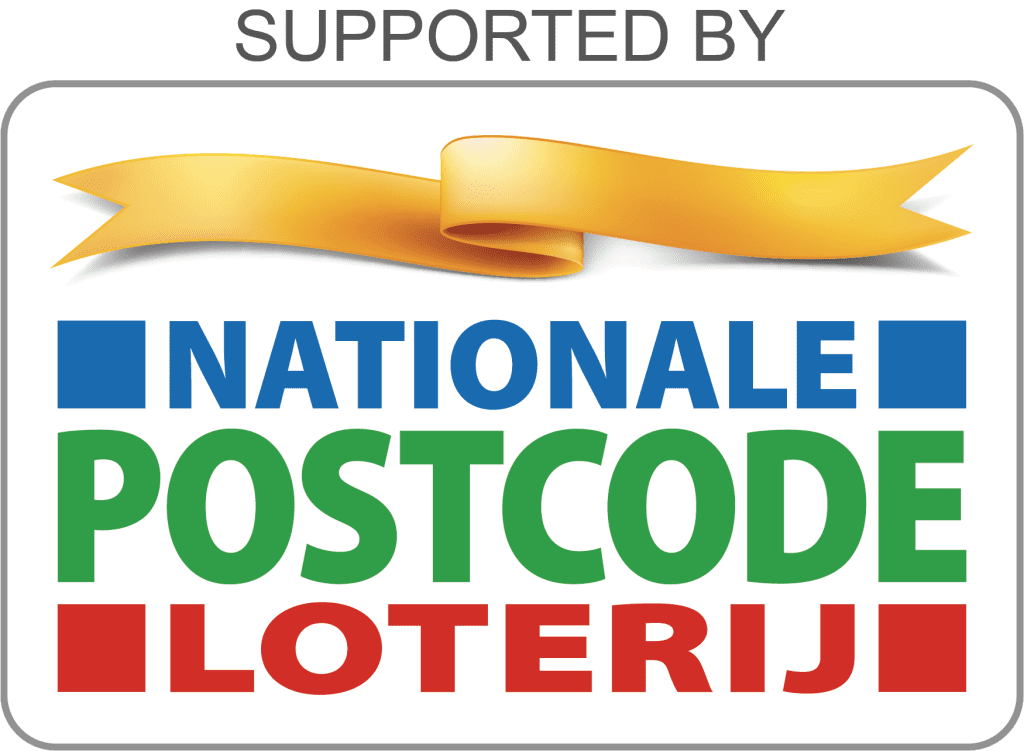Bird Brewery supports the Indonesian maleo via the…
03 April, 2025
Monday 05 october 2020
Header photo: Ecuadorian White-fronted Capuchin © Third Millenium Alliance
Coastal Ecuador hosts the wet Chocó rainforests, as well as some of the last remnants of coastal dry forests of South America, all located within the Tumbes-Chocó-Magdalena Biodiversity Hotspot. Amongst the thousands of species living there are the Critically Endangered Ecuadorian white-fronted capuchin (Cebus aequatorialis) and the Ecuadorian mantled howler monkey.
Increased human activities and settlements in the region have resulted in a dramatic decrease in native forest cover. Marc Hoogeslag, senior expert nature conservation at IUCN NL says: ‘Only two percent of the original native cover is still intact. Forest fragmentation and loss are the driving force behind biological extinctions, making coastal Ecuador one of the most threatened ecosystems in the country.’
The Jama-Coaque Reserve, in memoriam of the Pre-Incan Jama-Coaque culture, is currently protecting close to 600 hectares of some of the last remains of Ecuadorian coastal forest. Our local partner Third Millennium Alliance (TMA) is working on establishing a conservation corridor that connects the Jama-Coaque Reserve with a neighbouring private reserve.
The corridor does not only link the two reserves, but also three distinct forest types – a rather unique example in this region.
With the land acquisition fund, IUCN NL supported multiple acquisition projects of TMA and has been involved with the establishment of the corridor since 2012. The corridor covers approximately eight kilometres and consists of a continuous stretch of forest cover. This connectivity does not only link the two reserves, but also three distinct forest types – a rather unique example in this region.
Establishing one connected protected area, rather than having two private reserves, has always represented an important goal for TMA. Apart from the conservation advantages of having one more resilient protected area, another driving force behind the establishment of the corridor is its ecological relevance.
Due to the increase in height, the corridor consists of three mountainous forest types: tropical dry forest at the lower elevation, moist forest at higher altitudes and premontane cloud forest at the high end of the corridor. A continuous forest cover allows animals to move freely between the forests in search for food. Food availability varies between forest types and depends partly on seasonal changes. This is why it is important to create corridors that cover the entire mountain range. It allows wider-ranged species, like the Ecuadorian white-fronted capuchin, to forage in all forest types throughout the year.
TMA is close to finalising the corridor linking the two private reserves. The NGO is currently negotiating the last land purchases with local landowners.
The negotiation process has been delayed due to a consistent rise of land prices far beyond market values. Giving in to land prices above market standards will only further complicate conservation land purchase in the area. Therefore, TMA delayed the purchase but continued the negotiations.
While holding onto these negotiations, TMA purchased a patch of land in another area outside of the corridor: the first stepping stone towards the establishment of a larger regional-scale corridor extending the existing corridor towards a national park up north.
The Jama-Coaque Reserve protects more endangered bird species than any other, sometimes much larger, area in Ecuador.
Hoogeslag: ‘Through spatial analysis and satellite imagery, we collaborated with TMA towards the identification of key areas functioning as migratory passes for wildlife.’ The path ahead is still long, but TMA has now the tools to back up their long-term vision.
Despite the small and local operational size of the NGO, the reserve and conservation efforts behind this organisation are of great significance. ‘The Jama-Coaque Reserve protects more endangered bird species than any other, sometimes much larger, area in Ecuador,’ says Hoogeslag.
